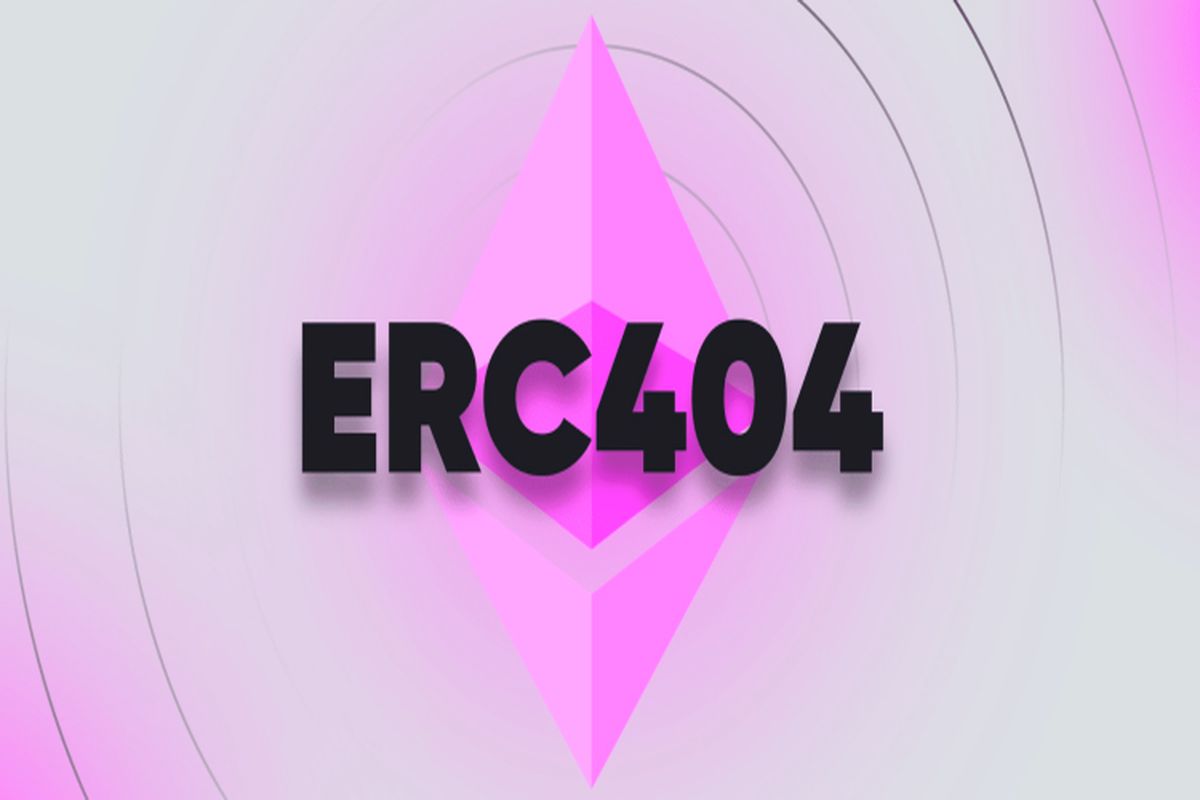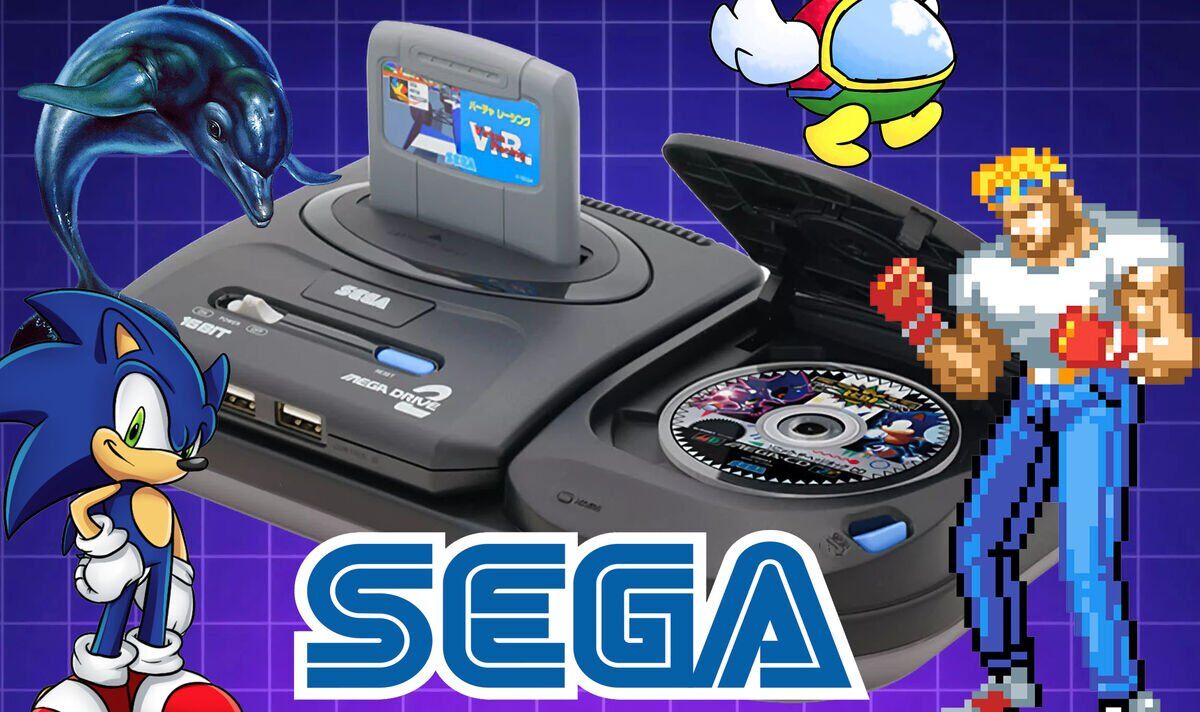Blockchain technology is dynamic. Cardano stands out as a platform seeking to redefine the standards of decentralized applications and smart contracts. As it undergoes significant upgrades, there’s a palpable excitement about what these changes mean for the platform and its users. Currently, the Cardano price is $0.35.
Here, we delve into the intricacies of Cardano’s upgrades, particularly focusing on the Goguen phase, and explore their potential impact.
The Genesis and Evolution of Cardano
Cardano’s journey began under the leadership of Charles Hoskinson, co-founder of Ethereum. It distinguishes itself by its commitment to peer-reviewed scientific research and a layered architecture. The platform is built on two main layers: the settlement layer, which handles transactions with its native cryptocurrency ADA, and the computational layer, designed for smart contracts and dApps.
Cardano’s Scientific Foundation
At its core, Cardano is grounded in academic rigour. Its developments are unique in the blockchain world, where a majority of the modifications and upgrades undergo thorough peer-review processes. This emphasis on academic and scientific scrutiny has shaped Cardano’s roadmap and its approach to innovation.
Ouroboros: A Revolutionary Consensus Mechanism
Cardano’s heartbeat is the Ouroboros proof-of-stake (PoS) protocol. This innovative consensus mechanism is a greener, more energy-efficient alternative to the proof-of-work (PoW) systems used by networks like Bitcoin. Ouroboros is not just about energy efficiency; it’s also designed to ensure greater security and scalability.
Roadmap to Innovation: Byron to Voltaire
Cardano’s development follows a multi-phase roadmap, starting from the Byron phase and evolving through subsequent phases like Shelley, Goguen, Basho, and Voltaire. Each phase brings in new features and capabilities, with Shelley enhancing decentralization and Goguen focusing on smart contracts and native tokens.
Goguen Upgrade: A Leap in Functionality
The Goguen upgrade marks a pivotal moment in Cardano’s evolution. Named after computer scientist Joseph Goguen, this phase introduces smart contracts to the platform, enabling developers to create more sophisticated and functional dApps. This upgrade represents a significant leap, propelling Cardano into direct competition with other smart contract platforms.
Smart Contracts and Native Tokens
One of the most anticipated features of the Goguen upgrade is the integration of smart contracts. This addition extends Cardano’s capabilities beyond mere transactions, allowing for the automation of complex agreements and processes. Furthermore, the introduction of native tokens enables the creation and management of new cryptocurrencies within the Cardano ecosystem.
Enhanced Scalability and Security
The multi-currency ledger aspect of Goguen promises enhanced scalability, a critical factor for any blockchain aspiring to widespread adoption. Additionally, the upgrade focuses on bolstering security measures, particularly for smart contracts, ensuring a safer environment for users and developers.
Scalability is a key challenge in the blockchain world, and the Goguen update addresses this by enabling the Cardano network to process a larger number of transactions efficiently.
This enhancement is crucial for maintaining high performance as the user base grows and the demand for transaction processing increases. The multi-currency ledger feature, in particular, allows for the management of multiple asset types on the blockchain, facilitating smoother and more efficient transaction processing.
Future Prospects: Basho and Voltaire Phases
Looking beyond Goguen, the Basho phase is set to address scalability and interoperability, two crucial aspects for any blockchain network. The subsequent Voltaire phase will introduce a governance model, allowing ADA holders to have a say in the future developments of the platform.
The Impact of Goguen on Adoption
The completion of the Goguen phase, particularly with the Alonzo hard fork, marks a significant milestone for Cardano. It’s expected to spur the platform’s adoption across various sectors, given its increased functionality and improved security features. This upgrade could attract a broader range of businesses and organizations to the Cardano platform.
The introduction of smart contracts through Goguen opens up numerous possibilities for enterprise applications. Industries ranging from finance to healthcare can leverage these contracts for more secure, efficient, and transparent operations.
For instance, in finance, smart contracts enable trustless and automated execution of complex financial agreements, while in healthcare, they can be used to manage sensitive data with greater security and confidentiality.
The native tokens functionality allows for the creation of new digital assets without the need for smart contracts, simplifying the process and broadening the appeal to sectors interested in tokenization without the complexity of traditional blockchain platforms. This feature enhances Cardano’s utility in areas like supply chain management, where tokens can represent real-world assets or tracking mechanisms.
Benefits of the Goguen Upgrade
- Increased Functionality: With smart contracts and native tokens, developers can create more intricate and useful dApps.
- Improved Scalability: The multi-currency ledger facilitates better handling of increased traffic and transactions.
- Enhanced Security: New security features in the Goguen upgrade, such as hardened smart contracts, provide a more secure environment.
- Wider Adoption: The added functionalities and improved security are likely to make Cardano a more appealing platform for various industries.
The upgrades unfolding in the Cardano ecosystem represent more than just technical enhancements; they signify a shift towards a more versatile, secure, and user-centric blockchain platform. With the Goguen upgrade, Cardano is poised to offer an enriched environment for dApp development and a more inclusive platform with its upcoming governance model. As we watch Cardano evolve, it stands as a testament to the potential of combining rigorous academic research with cutting-edge technology in the blockchain space.





